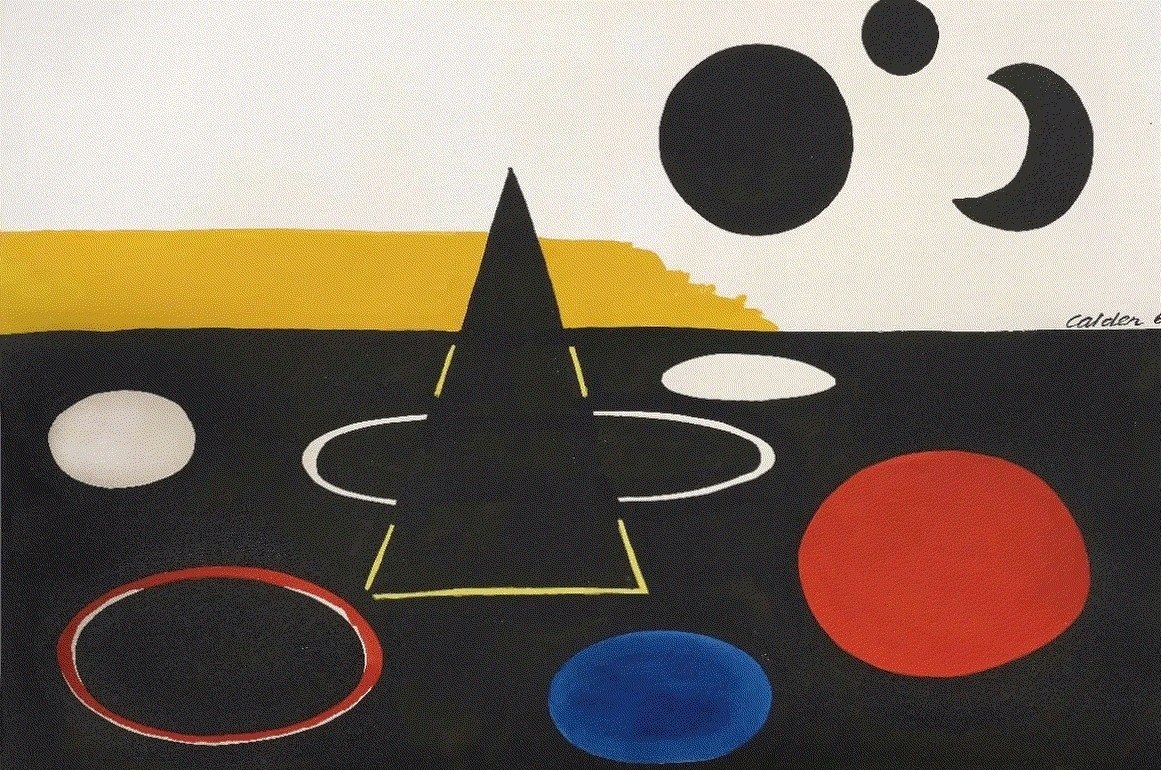Scott Kelley (b. 1963) has spent much of his life living in places where the winters are cold: he was born in Binghamton, New York, went to school at Cooper Union in Manhattan, the Slade School of Fine Art in London (cold and damp) and was an artist-in-residence with the National Science Foundation Antarctic Artists and Writers Program...in Antarctica.
Kelley, his wife, Gail, and son, Abbott, live in Peaks Island, Maine so, apparently, Kelley has embraced the cold.
Every now and then, Kelley comes to Florida, traverses the Everglades and paints and draws the flora and fauna that inspire his work.
Kelley and Abbot spent Christmas of 2022 in sunny Florida. An entry from his biography, below a beautiful painting of a Spoonbill reads, “Almost in spite of myself, I continue to spend time in Florida, mucking about in the swamps and chasing after spoonbills and flamingos. We take an airboat through Big Cypress on Christmas Eve, and nearly freeze to death - in Florida! - with the 40 degree temperatures and flying along the sawgrass at 30 miles and hour. Thankfully the rest area has a hot chocolate machine, and we swipe our debit card repeatedly trying to warm up while listening to canned holiday muzak. "Best Christmas Ever!" - Abbott”
It is our good fortune that Kelley continues to spend time in the Everglades. His beautiful watercolors reflect his care and passion for everything he draws and paints.
Paris is one of the most exciting places in the world to visit this week. Although most eyes are on the Olympics, there is so much to see in terns of art and architecture.
One of the most recognizable buildings in Paris is UNESCO Headquarters, known as Maison de l’UNESCO. The building was completed in 1958. Works by Alexander Calder, Pablo Picasso, Joan Miró, Henry Moore, Jean Aarp and Isamu Noguchi were commissioned by the UNESCO project team.
Alexander Calder created Spirale, a 30-foot tall sculpture, for the UNESCO project. Calder oversaw the installation of the steel sculpture. The mobile top was fabricated in Connecticut. Calder employed his friend, French industrial designer Jean Prouvé, to make the stabile base in France in order to save on transportation costs. Calder attended the dedication ceremony at Maison de l’UNESCO, the day after Spirale was installed.
Although Calder is best known for his mobiles and sculptures, he also designed jewelry, drew, painted and created beautiful prints.
Large sculptures, mobiles and jewelry that Alexander Calder created in the 1950s and 1960s are currently on exhibit at the Gray Gallery in New York.
Planetary Motion, available at Surovek Gallery, is an ink and gouache painting that might have been a design for a future mobile.
Please contact us if you would like more information about the work of Scott Kelley, Alexander Calder or any of the other fine artists whose works are available at Surovek Gallery.
References:
Debbie Kane. Mixing Fact with Fiction. Take Magazine. October 18, 2017.
David Rhodes. Calder. The Brooklyn Rail/ArtSeen. July/August 2024 Issue.
Kye Cardinalis. UNESCO Headquarters: A Confluence Of Brilliance. Atomic Ranch. March 22, 2024.




